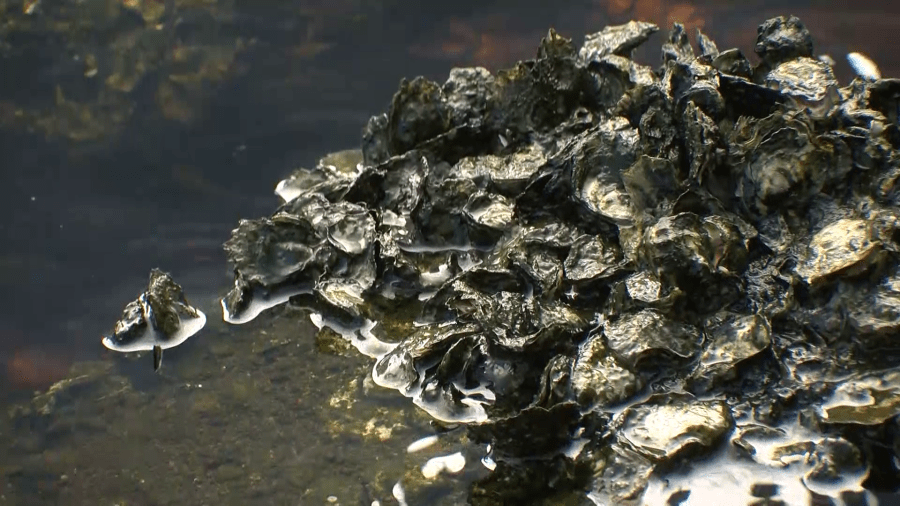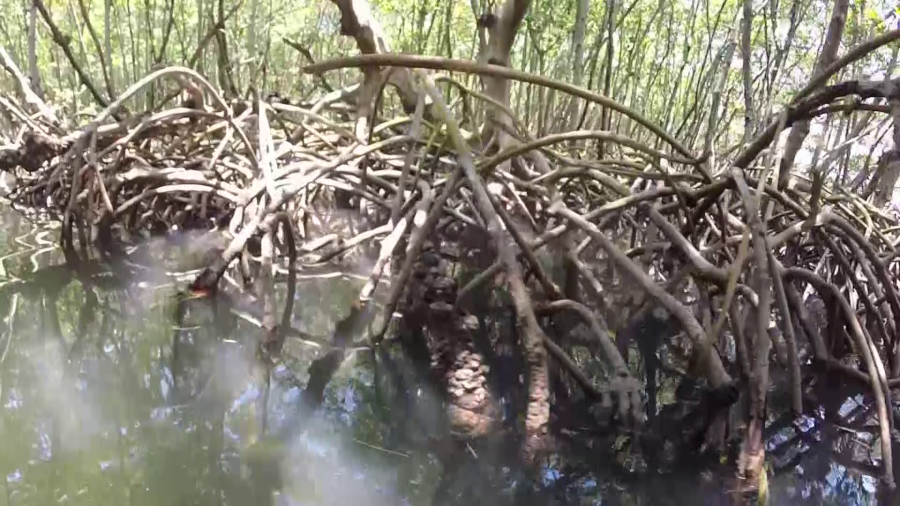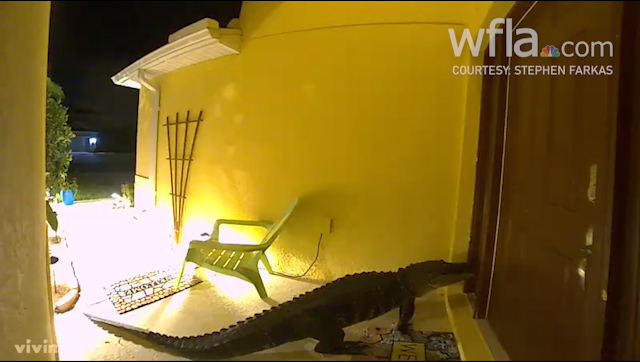TAMPA, Fla. (WFLA) — For the second time in under five years, a large harmful algal bloom has plagued the Tampa Bay waters – killing more than 600 tons of fish and marine life.
Red tide may be naturally occurring but anthropogenic factors help fuel a red tide event, keeping it going for longer and making the bloom larger. Many solutions are being researched to help an ongoing red tide but one local non-profit organization is looking to filter our waters in a completely natural way, both before and during a major red tide event.
Shelby Thomas with the Ocean Rescue Alliance is looking to plant oyster beds and more mangroves along our shorelines. Oysters and mangroves are nature’s water treatment plants.
To understand what is filtered, it is important to know how a red tide bloom event starts.
How do red tide blooms start?
It’s naturally occurring, yes, but a red tide event begins as the algae Karenia brevis, or K. brevis, begins to multiply exponentially. While K. brevis is a vital part of our marine ecosystem, producing dissolved oxygen for fish to use and sustain life, too much can be detrimental.
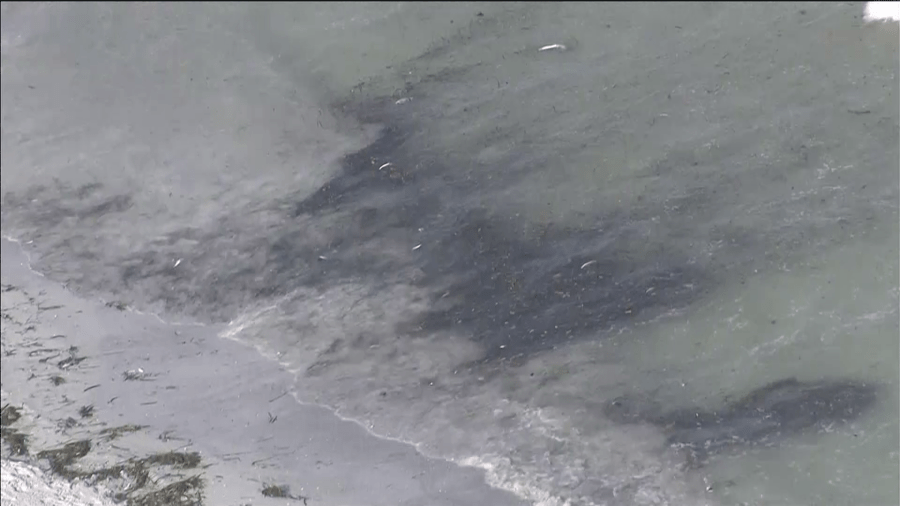
The excess algae will begin to produce an unmanageable amount of a toxic chemical that affects the central nervous system of marine life as well as people.
The microscopic algae cells feed off of nutrients in the water, like phosphorous and nitrogen. The nutrients are also naturally occurring and can come from things like dead and decaying marine life. They are also in things like pet and human waste, along with fertilizer for lawns.
During a heavy rain, the water can’t all be absorbed into the ground and much of the runoff ends up going down the drains on the streets which typically lead right into the bay or ocean. This increases the amount of nutrients in the waterways, leading to extra fuel for algae blooms.
How is water filtered?
One adult oyster filters about 50 gallons of water per day. As the water flows through an oyster or a bed of mangrove roots, those nutrients that feed a red tide are being filtered out of the water, into the oyster’s flesh or the roots.
The oysters also absorb the red tide itself, and the harmful brevetoxins that kill the fish and other marine life.
Mote Marine is working on other ways to reduce red tide as it occurs with a process called clay flocculation.
Thomas says the process is about “disseminating clay particulates into the water to help settle down the algae cells so it will accumulate at the sediment.” The algae cells die shortly after, making it a fast process where results are noticed in a matter of hours to days.
What can we do?
Experts say protecting the environment is key.
“We need to be, not just reactive to this. We need to proactive and preventative,” Thomas said. “The more things we can do to implement restoration and prevent some of these things, the better, but also addressing them when they happen immediately, is really critical.”
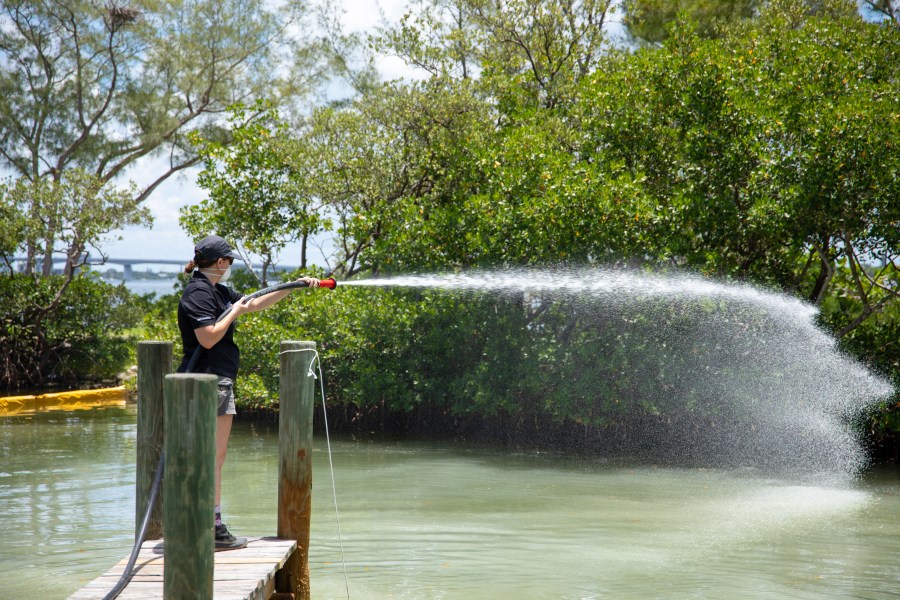
The best way to prevent a widespread exponential algae growth is to limit the amount of nutrients getting into the water in the first place. This can be done by limiting the use of fertilizer on lawns, picking up after pets and preventing sewage dumps into the waters.
It is a good first steps to preventing a naturally occurring red tide from becoming a major environmental disaster.
